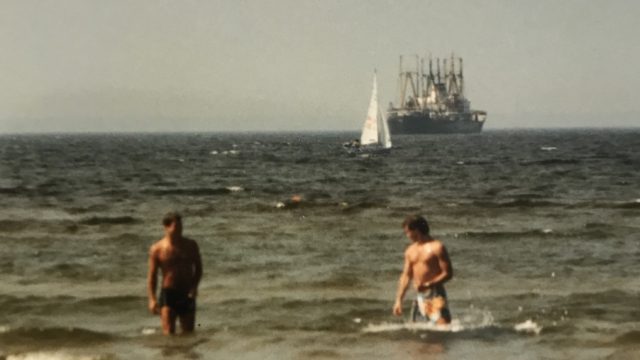

Country Information:
Estonia is on the tip of Northern Europe. Estonia was founded in 1918. It contains 2,222 islands and islets in the Baltic Sea surrounding it. The capital is Tallinn. About 1.5 million people live here and the main language is Estonian. Historically, Estonia is Lutheran, but today it is one of the least religious countries in the world – only about 14 percent of the population is religious.
Jim’s Perspectives:
As a Professor of Entrepreneurship, on of the interesting things about Estonia is that the capital, Tallinn, is known as the Silicon Valley of Europe because it has the highest number of startups (many tech related) as a percentage of population in all of Europe. Tallinn also provides free public transportation to city residents. You should definitely give this city a visit, as it is full of cool old churches, parks, and old architectural sites to explore.
Cool fun fact is that Estonia has one of the highest literacy rates in the world at 99.8 percent! Only Latvia’s is higher. Estonia was also was the first country to adopt online voting, which started in 2005.
Had a chance to visit the USSR in 1987, with my Russian history professor Dr. Willis Brooks and about 15 other students. The trip took us to see the many of top sights throughout the country.
Afterwards, we traveled down to visit Tbilisi, the current capital of Georgia. The regions around Tbilisi served as one of the USSR’s most important political and cultural regions, and also a producer of food, including fruits, vegetables, wine and meat. All food items were produced on Soviet collective farms (where people were forced to farm for the “motherland”).
Afterwards, we spent time in Yerevan, the current capital of Armenia where we toured the city centre, the Opera House, and walked up the giant stairwell.
We finished our trip in Estonia. I remember Tallinn very well because of the swim that I took there in the Baltic Sea!
